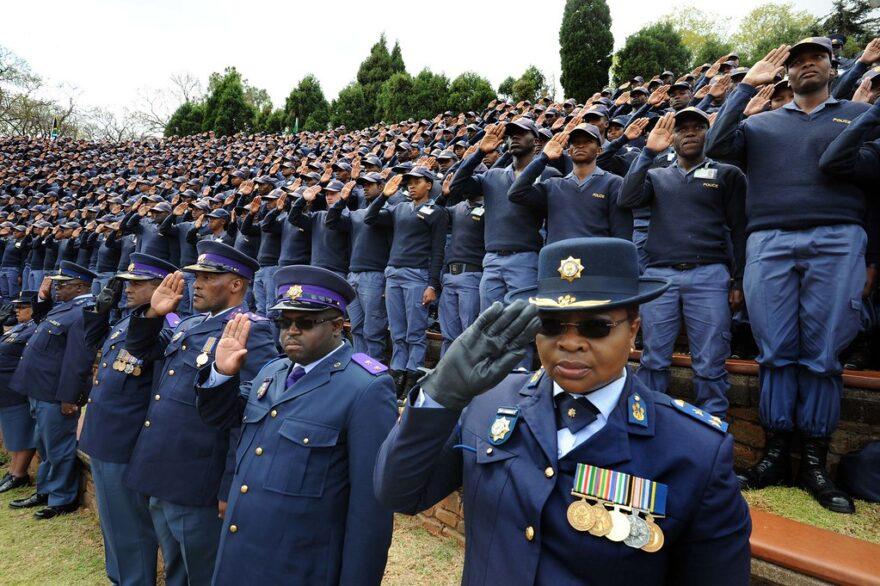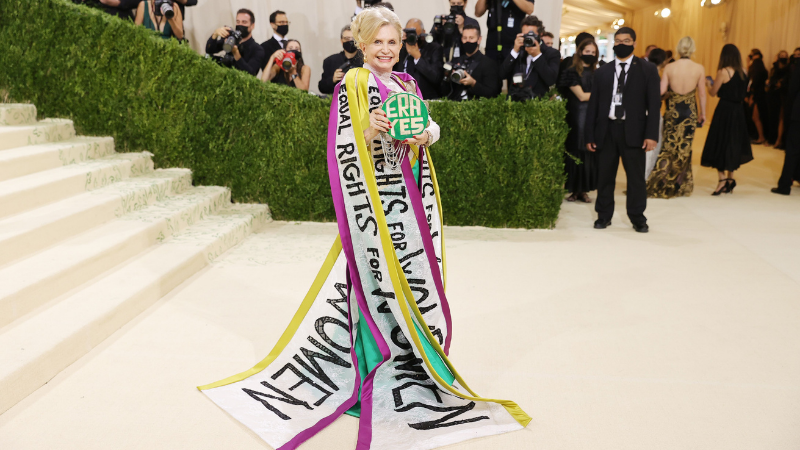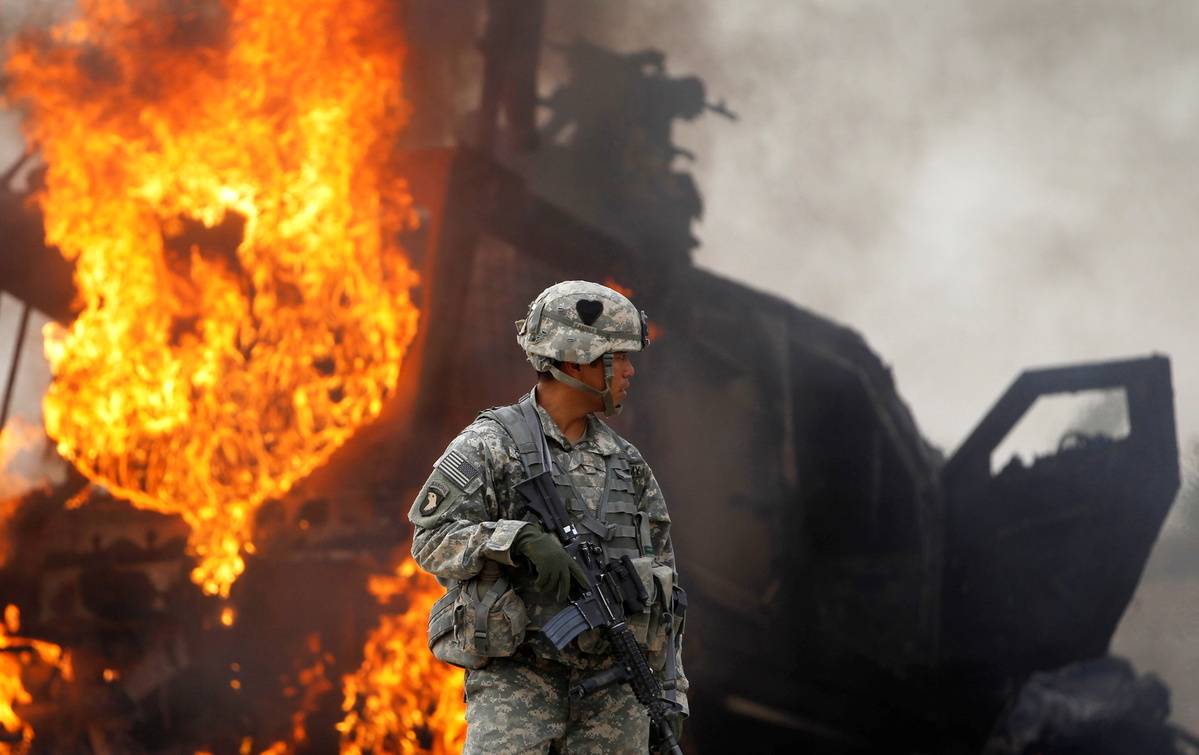9/11’s legacy: How anti-terrorism laws have become anti-human rights laws
Across Africa and much of the world, laws passed in the wake of the US attacks have been misused to silence dissent.

Since 9/11, there has been a marked increase in restrictions on civil society across Africa. Credit: GCIS.
As the global community commemorates the two decades since the abhorrent attacks on the United States on September 11, 2001, it should also be time to reflect on the impact of what followed on human rights and rule of law in Africa. One of the legacies of 9/11 has been government’s use of counter-terrorism laws to target human rights defenders, opposition politicians, and others who express views contrary to those in power.
Between 2001 and 2018, over 140 states around the world – including a majority of African countries – followed the US and others in or security-related laws. Driven by former President George Bush’s dictum that “either you are with us or against us”, scores of governments promulgated new laws to supposedly forestall future attacks, respond to real or perceived threats, and conform to international requirements.
However, many countries in Africa and across the world have used these laws as a pretext to criminalise dissent. Since 2001, there has been a in restrictions on civil society across Africa, directly correlated to the actions taken by states in the aftermath of the 9/11. Terrorism is typically broadly or vaguely defined in these counter-terrorism bills, and their provisions are frequently misused.
For example, two laws recently by Senegal’s Parliament in response to threats in the Sahel define terrorist acts to include “criminal association”, “seriously disturbing public order”, and “offences linked to information and communications technologies”. Civil society is concerned these laws could be used to target trade union activities, human rights defenders, and online freedoms. The vagueness in laws across Africa makes it easy for states to subjectively interpret them and use them disproportionately.
Take Eswatini members of parliament Mduduzi Bacede Mabuza and Mthandeni Dube. They have been in jail since July 2021 and will next appear in court in October to face terrorism charges under the country’s notorious Suppression of Terrorism Act. Their only crime was to call for in a country where other activists have been jailed on similar charges for simply wearing t-shirts emblazoned with pro-democracy slogans.
Like Eswatini, many states in Africa justify measures against activists through vague interpretations of counter-terrorism laws which, in most cases, are not consistent with the scale of the threat or the approaches needed to address it. Since 2013, for instance, Egyptian authorities have the anti-terrorism and terrorist entities law to target large numbers of human rights defenders. Many are subjected to pre-trial detention and lengthy jail terms for their peaceful activities.
Several African states don’t just target individuals but the civil society organisations they represent. Authorities in Ethiopia, Kenya, Sudan and Tunisia have used anti-terrorism laws to restrict the operations of non-governmental organisations on the grounds that they support terrorist groups. In September 2019, Nigerian authorities the offices of international humanitarian organisation Action Against Hunger in Maiduguri without prior notification, accusing it of aiding and abetting Boko Haram.
Restrictions on peaceful assembly
Where formal spaces for citizens to engage in decision-making processes have closed, citizens across Africa are making their voices heard through peaceful protests. But African states are also restricting these spaces through anti-terror laws or security-related public order acts.
In Algeria in May 2018, human rights defender Kaddour Chouicha and 12 others were charged with participating in a terrorist organisation and conspiracy against the state after in peaceful protests. Many of them are members of the Algerian League for the Defence of Human Rights, part of the , a network that has been using protests to call for political change since 2019. In January 2017, Cameroonian human rights defender Abor Balla was arrested and charged with eight counts under the country’s anti-terrorism law for leading a calling for reforms in the educational and judicial systems in Cameroon’s Anglophone regions.
In Uganda and Zimbabwe, legislation passed to police protests in the name of protecting public order has been used to pre-empt and violently repress demonstrations. Following protests in Zimbabwe in 2020, Zimbabwean authorities the Zimbabwean National Trade Union of being a terrorist organisation.
Due to the use of anti-terrorism laws to charge protesters, activists and journalists are often tried in military courts, for example in Cameroon and Egypt. Often authorities flaunt due process by preventing human rights defenders from accessing legal representatives or by subjecting them to impromptu court appearances without giving them enough time to prepare for their cases.
What is the way forward?
From the September 11 atrocity in 2001 to more recent attacks in the Sahel, Kenya and Mozambique, terrorism denies people rights, disrupts economies, and derails efforts to achieve the sustainable development goals. But civil society is not a threat and should not be the target in tackling terrorism.
African states need to rethink the way they view human rights defenders and civil society groups and see them for what they are: contributors to development and democracy. Governments need to make a clear distinction between those who wilfully attack communities on the one hand, and human rights defenders, journalists and protesters who peacefully call for reforms and raise concerns over issues affecting citizens on the other.
Evidence from the last two decades shows that restrictions on civil society do nothing to counter threats posed and executed by terrorist groups. If states want to show they are taking terrorist threats seriously, they should stop attacking civil society.




